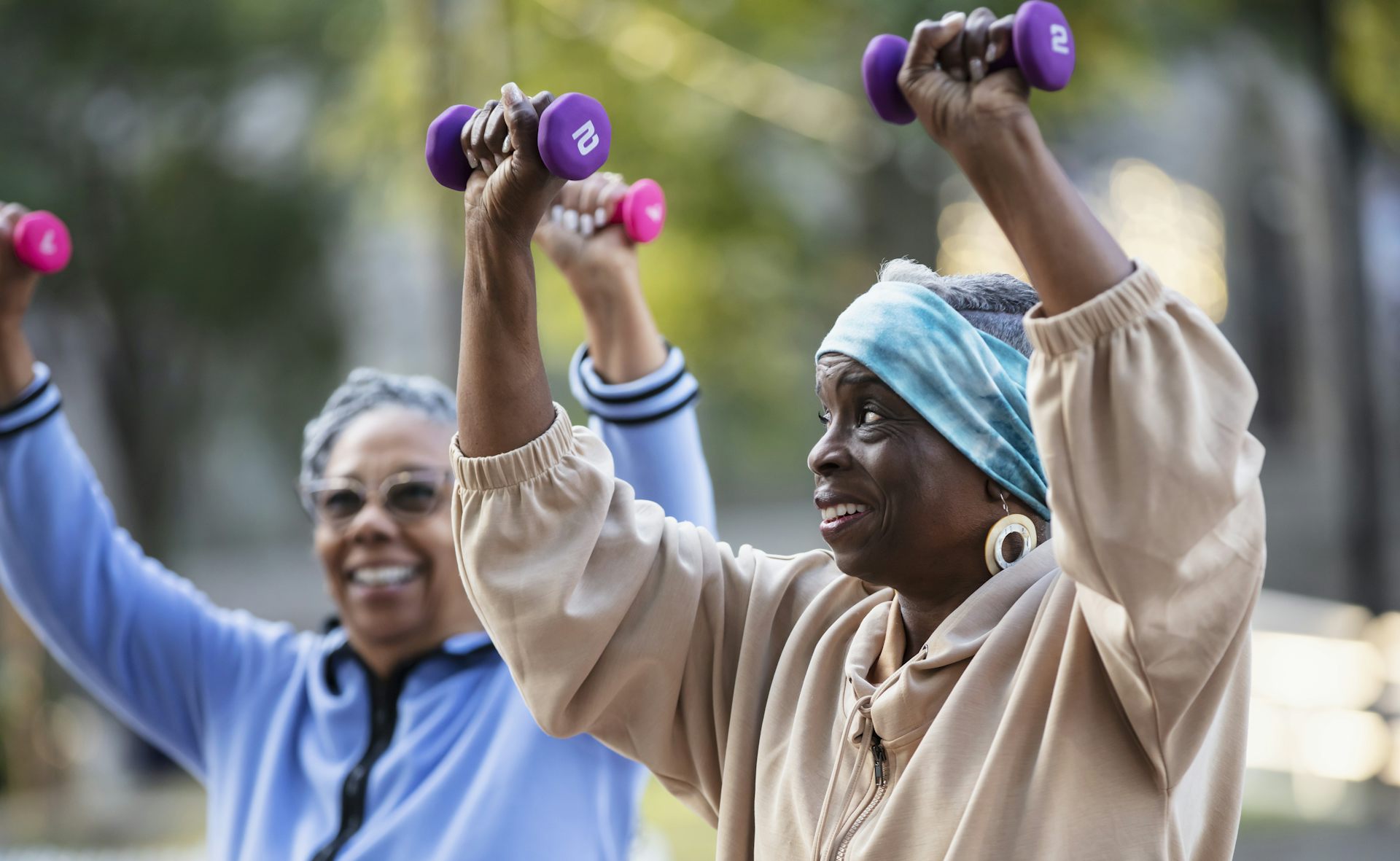Earth may have had all the elements needed for life within it all along − contrary to theories that
Scientists analyzing isotope ratios have found that many of the elements that make up life could be left over from Earth’s formation.

For many years, scientists have predicted that many of the elements that are crucial ingredients for life, like sulfur and nitrogen, first came to Earth when asteroid-type objects carrying them crashed into our planet’s surface.
But new research published by our team in Science Advances suggests that many of these elements, called volatiles, may have existed in the Earth from the beginning, while it formed into a planet.
Volatiles evaporate more readily than other elements. Common examples include carbon, hydrogen and nitrogen, though our research focused on a group called chalcogens. Sulfur, selenium and tellurium are all chalcogens.
Understanding how these volatile elements made it to Earth helps planetary scientists like us better understand Earth’s geologic history, and it could teach us more about the habitability of terrestrial planets beyond Earth.
Why it matters
The popular “late veneer” theory predicts that Earth first formed from materials that are low in volatiles. After the formation of the Earth’s core, the theory says, the planet got volatiles when volatile-rich bodies from the outer solar system hit the surface.
These objects brought around a half a percent of Earth’s mass. If the late veneer theory is right, then most elements that make up life arrived on Earth sometime after the Earth’s core had formed.
But our new research suggests that Earth had all its life-essential volatile elements from the very beginning, during the planet’s formation. These results challenge the late veneer theory and are consistent with another study tracing the origin of water on Earth.
How we did our work
To study the origin of volatiles in the Earth, we used a computational technique called first-principles calculation. This technique describes the behaviors of isotopes, which are atoms of an element that have varying numbers of neutrons. You can think of an element as a family – every atom has the same number of protons, but different isotope cousins have different numbers of neutrons.
Different isotopes behaved slightly differently during each stage of Earth’s formation. And the isotopes left behind a signature after each formation stage that scientists can use as a kind of fingerprint to track where they were throughout Earth’s formation.
First-principles calculation allowed us to calculate what isotope signatures we’d expect to see for different chalcogens, depending on how the Earth formed. We ran a few models and compared our isotope predictions for each model with the actual measurements of chalcogen isotopes on Earth.
We found that while many volatiles evaporated during Earth’s formation, when it was hot and glowing, many more are still left over today. Our findings suggest that most of the volatiles on Earth now are likely left over from the early stage of Earth’s formation.
What’s next
While chalcogens are interesting to study, future research should look at other critical-for-life volatiles, like nitrogen. And more research into how these volatiles behave under extreme conditions could help us know more about how isotopes were behaving during each of the growth stages of Earth’s formation.
We also hope to use this approach to see whether some exoplanets – planets beyond our solar system – could be habitable to life.
The Research Brief is a short take about interesting academic work.
Shichun Huang is funded by National Science Foundation, and UTK Gerald D. Sisk Endowed Professorship.
Wenzhong Wang receives funding from the National Natural Science Foundation of China.
Read These Next
RFK Jr. guts the US childhood vaccine schedule despite its decades-long safety record
In an unprecedented move, health officials cut the number of vaccines routinely recommended for children…
‘Neither Gaza nor Lebanon!’ Iranian unrest is about more than the economy − protesters reject the Is
Angered not just by social crises, Iranians are asking fundamental questions about the costs and sacrifices…
Philly’s walkable streets and public parks offer older residents chances to stay active – but public
Movement is key to healthy aging, and Philadelphia offers pros and cons for seniors getting around the…






